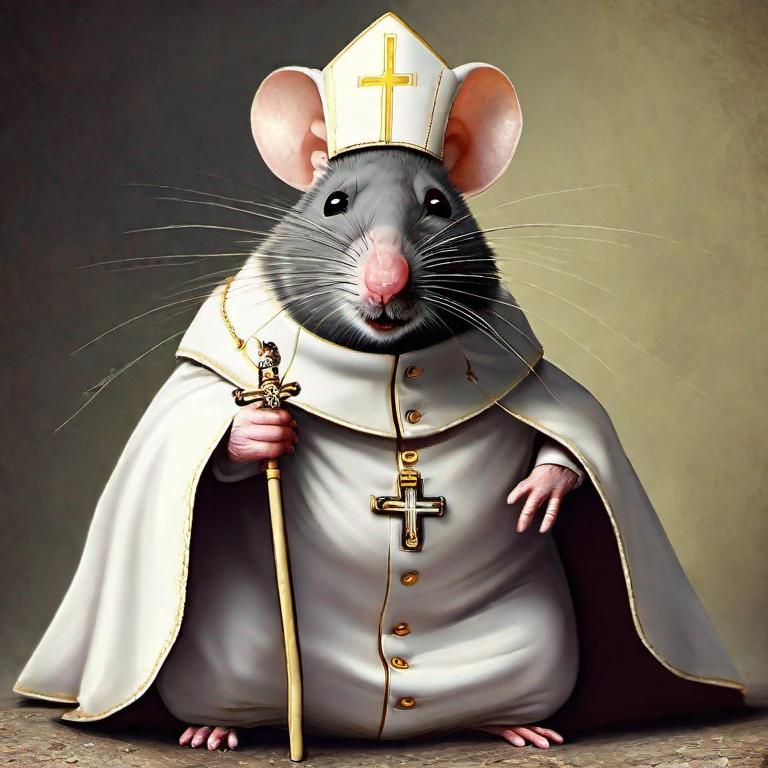Throughout history, individuals have often used curious and apt metaphors to express their discontent with various authority figures. One intriguing example of such an analogy is Martin Luther’s reference to the pope as a “rat king.” As the story goes, this expression has had a surprising journey, evolving from its original context into the term we know today to describe a peculiar natural phenomenon. In this expository article, we shall explore the origins of Luther’s scathing remark and follow the path it took to become associated with an entirely different concept.
Rats and the Pope
In the 16th century, Martin Luther, a German reformer, found himself at odds with the Roman Catholic Church. Luther’s theological teachings contradicted many of the church’s practices at the time, leading to his eventual excommunication. It is in this context that Luther used the term “rat king” to describe the pope, but why?
A Rat King Metaphor
During Luther’s time, a “rat king” referred to a peculiar occurrence where multiple rats became entangled by their tails, resulting in a tangled mass of vermin. Luther saw the pope, the supreme authority of the church, as a symbol of corruption, embodying practices he vehemently protested against. By likening the pope to a “rat king,” Luther aimed to denounce the perceived entanglement of the church’s authority and the abuse of power within its ranks.
The Shifting Metaphor
Over time, Luther’s metaphor took on a life of its own, becoming detached from its original context. As society progressed, the obscure phenomenon of entangled rats captured public imagination, giving rise to legends and misconceptions. The term “rat king” gradually shifted from referring to the pope to a peculiar natural occurrence itself.
From Metaphor to Observed Phenomenon
A rat king occurs when a number of rats living in close proximity have their tails intertwined and tangled. Numerous theories surround how this phenomenon may arise, including factors like sticky substances or a narrow passageway that forces their tails to become entwined. Although the rat king phenomenon is rare, documented cases and anecdotal evidence have given rise to its continued fascination.
Historical Accounts and Folklore
Historical records and folklore tales from various countries have vividly described them. These accounts often depict rats writhing helplessly, bound by their tangled tails, and typically struggling to survive. While some stories portray it as a symbol of bad luck or impending doom, others perceive it as an omen or a sign of impending change and upheaval.
Scientific Examination
Given the rarity of rat kings and the lack of scientific documentation, the phenomenon remains somewhat enigmatic. Skepticism surrounds whether rat kings were merely an occurrence of unfortunate entanglement or if some external factors contributed to their formation. Despite this uncertainty, the idea of a rat king has continued to captivate the public’s curiosity and imagination.
A Scathing Remark
Martin Luther’s choice of metaphor, referring to the pope as a “rat king,” was a scathing remark against perceived corruption within the Catholic Church. However, over time, the metaphor detached itself from its original context and became associated with the intriguing phenomenon of entangled rats that we refer to as a rat king today. The transformation of Luther’s metaphor teaches us how language evolves and how historical events can shape linguistic concepts that endure in curious and unexpected ways.
